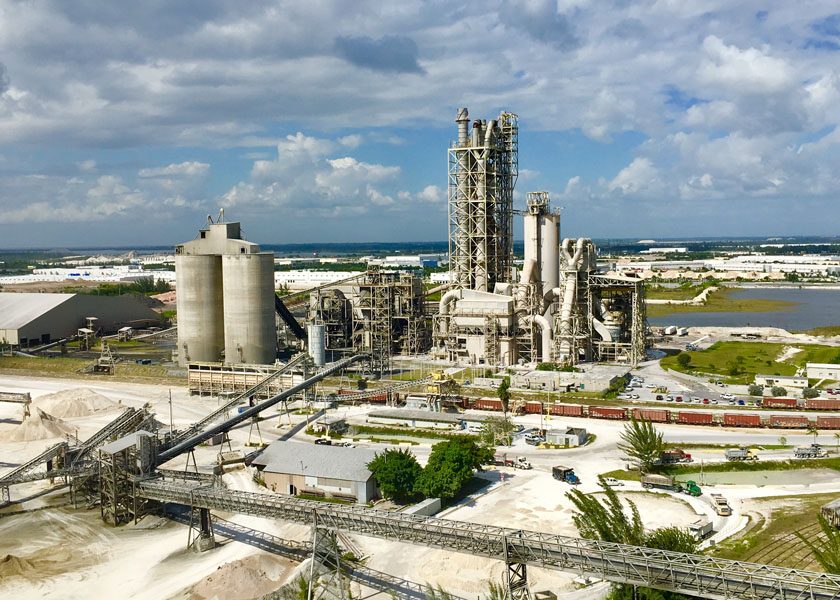Preliminary findings from Concrete Sustainability Hub research aimed at a new life-cycle assessment (LCA) model suggest that service phase encompasses 85% and 90% of carbon dioxide emissions, respectively, from highway pavements and residential buildings. Ongoing studies at the MIT-hosted Hub will quantify paving and building materials’ cradle-to-grave environmental costs, yielding what staff contends is the most comprehensive LCA model to date.
According to MIT professor and research team leader John Ochsendorf, an expanded materials life-cycle window—50 years for paving, 75 years for building—coupled with detailed analyses of pavements’ and structures’ use phase will distinguish the latest research. “The life-cycle model we are developing will combine the best data on the full range of costs—construction, maintenance, reconstruction, user, direct, and indirect—with a time frame that reflects the real world life of pavements and building materials,” he says.
Research measuring materials’ life-cycle carbon emissions is scheduled for August 2011 completion; environmental findings will then be supplemented by concurrent or later economic analyses to provide the most accurate assessment of related pavement and building impacts yet produced.
The economic study will net an equally comprehensive life-cycle cost analysis (LCCA) model, notes Ochsendorf, adding that once both studies are completed, MIT will have “provided the scientific community, industry leaders and policymakers a framework to determine the economic and environmental life-cycle costs of selected infrastructure materials throughout the real life of projects.”
The LCA and LCCA are part of “Edge of Concrete,” one of two projects on which the MIT Concrete Sustainability Hub chartered in fall 2009 with a five-year, $10 million dollar commitment from the RMC Research and Education Foundation and Portland Cement Association. The second project, “Liquid Stone,” has launched with research aimed at manipulating the molecular structure of cement, leading to a greener concrete.



